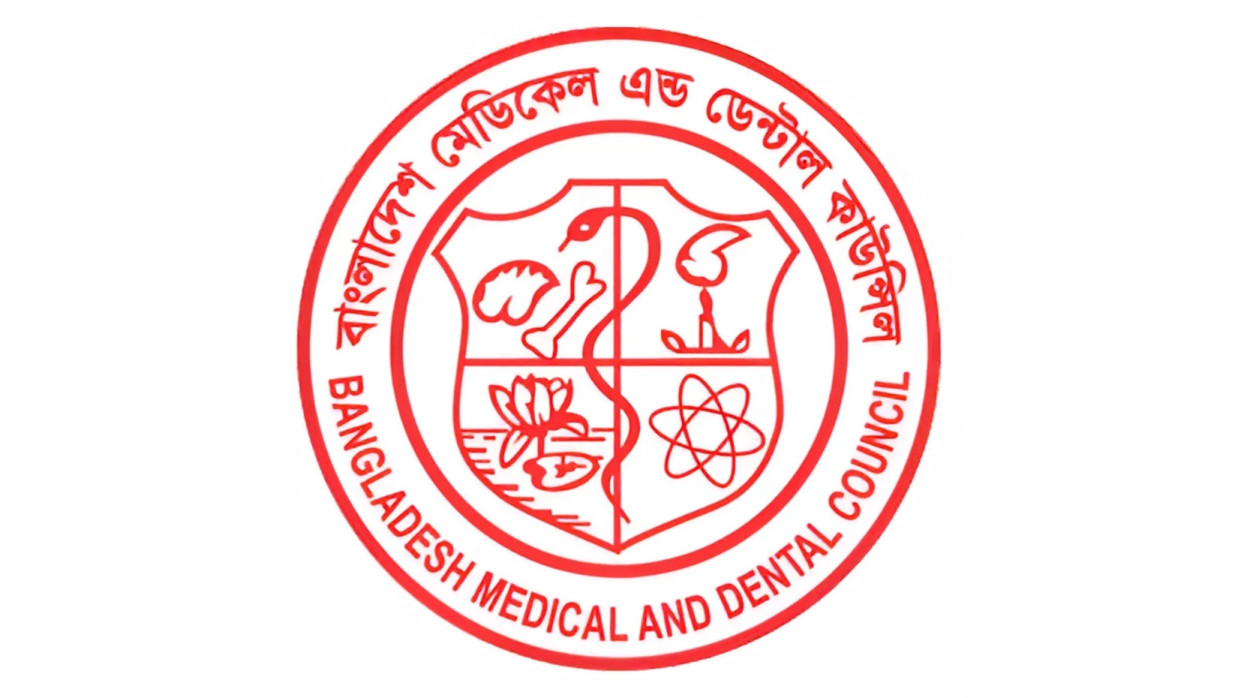
Discrepancies in Medical Admission Guidelines Spark Controversy
- ২০ জানুয়ারি ২০২৫, ১৫:৪৮

The guidelines set by the Bangladesh Medical and Dental Council (BMDC) for the 2024-25 MBBS admission test have come under scrutiny due to alleged inconsistencies, particularly regarding the freedom fighter quota. The issue surfaced following the release of the admission results on January 19, 2025, igniting widespread debate and criticism. Students across various university campuses have staged protests, demanding the abolition of the quota system in medical admissions.
The BMDC, the regulatory body for medical professionals, has not accepted responsibility for the discrepancies. According to its 2024 guidelines, the freedom fighter quota was set at 2 percent. However, the revised guidelines for 2025, published on the BMDC website on December 21, 2024, state in clause 9.1.1 that 5 percent of seats are reserved for children of freedom fighters, martyred freedom fighters, and war heroines, as per a July 23, 2024, memorandum from the Ministry of Public Administration. If these seats remain vacant, they are to be filled from the general merit list based on merit and preference.
The controversy echoes last year’s protests, when a student movement against the reinstatement of a 30 percent freedom fighter quota in government jobs escalated into a broader uprising, contributing to the fall of Sheikh Hasina’s government. In mid-July 2024, following intense student protests, the Appellate Division ruled that the freedom fighter quota in government jobs should not exceed 5 percent. Additionally, a 2 percent quota was allocated for ethnic minorities and persons with special needs. Notably, the quota rules for government jobs are identical to those for medical admissions, despite no direct correlation between the two.
When questioned, Dr. Md. Sarowar Bari, Secretary of the Health Education and Family Welfare Division, told The Daily Campus on January 19, 2025, that the number of students admitted under the freedom fighter quota and their scores needed verification. “This shouldn’t have happened. We will investigate and provide clarity,” he said.
According to the Directorate General of Health Education, of the 5,380 seats in 57 public medical colleges, 269 are reserved for children of freedom fighters, and 39 for backward communities. Of the 269 freedom fighter quota seats, 193 candidates secured passing marks and were initially selected for admission. The remaining seats were filled from the general merit list.
The updated guidelines, signed by BMDC’s Acting Registrar Dr. Md. Liakat Ali, have raised questions about the decision to increase the freedom fighter quota to 5 percent. When asked, Dr. Ali told the media, “The new guidelines were finalized after multiple meetings with representatives from the Health Ministry, Directorate, and BMDC. I cannot comment on why the quota was set at 5 percent, as I was not present at those meetings.”
On January 20, 2025, medical students held a protest rally at the Central Shaheed Minar, demanding the cancellation of the quota system and a re-release of the admission results. Professor Dr. Rubina Yasmin addressed the students’ grievances, stating, “We are aware of their concerns. However, the 5 percent freedom fighter quota was retained due to a High Court directive, leaving the Directorate with no discretion to alter it.”
Addressing concerns about grandchildren of freedom fighters applying under the quota, Dr. Yasmin clarified, “For the 2024-25 session, only children of freedom fighters and war heroines are eligible for the quota, excluding grandchildren. The details of quota applicants will be verified by a team from the Health Education Directorate, ensuring only a limited number of students benefit from this quota.”
Regarding vacant quota seats, Dr. Yasmin added, “Any unfilled seats will be allocated from the merit list. We urge students and parents to remain patient.”
The medical admission test, held nationwide on January 17, 2025, saw 125,261 applicants, with 131,729 candidates appearing for the exam. Of these, 60,095 passed, achieving a pass rate of 45.62 percent. Male candidates accounted for 22,159 (36.87 percent) of the successful candidates, while female candidates numbered 37,936 (63.13 percent).